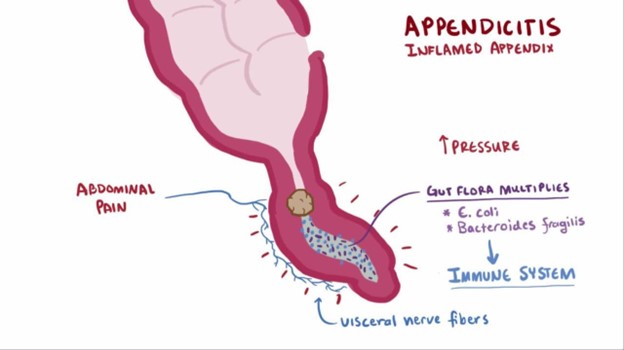A nurse is preparing to measure an infant's vital signs. The nurse should use which of the following sites to assess a heart rate?
Apex of the heart
Carotid artery
Brachial artery
Radial artery
The Correct Answer is A
A. Apex of the heart: The apex of the heart is the preferred site for measuring an infant's heart rate. It is located at the 4th or 5th intercostal space, just medial to the midclavicular line, allowing for accurate auscultation of the heartbeat.
B. Carotid artery: While the carotid artery can be used to assess heart rate in older children and adults, it is not ideal for infants due to the risk of compromising circulation to the brain if pressure is applied too forcefully.
C. Brachial artery: The brachial artery is often used to assess pulse in infants, especially in cases of CPR, but it is not the preferred site for routine heart rate measurement. It may be used when assessing circulation or checking for pulses, but auscultation at the apex is more accurate for heart rate.
D. Radial artery: The radial artery can be difficult to palpate in infants due to their small size and is generally not used for heart rate assessment in this age group. The apex is a more reliable location.
Nursing Test Bank
Naxlex Comprehensive Predictor Exams
Related Questions
Correct Answer is C
Explanation
In an infant with a history of vomiting and fever, body weight is the most reliable indicator of fluid loss. Monitoring the infant's weight over time can help assess the degree of dehydration and guide the appropriate fluid replacement therapy. A significant decrease in body weight suggests significant fluid loss.
Option A: Skin integrity is important to assess for signs of dehydration, but it is not as reliable as body weight in determining the extent of fluid loss.
Option B: Respiratory rate can be affected by various factors and is not a direct indicator of fluid loss.
Option D: Blood pressure is not the most reliable indicator of fluid loss in an infant with dehydration. In severe cases of dehydration, blood pressure can drop, but it is not as sensitive as body weight in assessing the extent of fluid loss.
Correct Answer is B
Explanation
The nurse should clarify the prescription to administer sodium biphosphate/sodium phosphate because it is a laxative and is contraindicated in a child with suspected appendicitis. The use of laxatives or enemas can potentially worsen the condition by increasing the risk of perforation or rupture of the inflamed appendix.
A. Monitoring oral temperature every 4 hours is important to assess for signs of infection or worsening condition.
C. Maintaining NPO status is essential to avoid stimulating the digestive system and to prepare for possible surgery.
D. Medicating the client for pain every 4 hours as needed is appropriate to manage pain and provide comfort while the child awaits further evaluation or treatment.
Remember, it's crucial to avoid the use of laxatives, enemas, or any other interventions that can potentially aggravate the inflamed appendix in a child with suspected appendicitis.

Whether you are a student looking to ace your exams or a practicing nurse seeking to enhance your expertise , our nursing education contents will empower you with the confidence and competence to make a difference in the lives of patients and become a respected leader in the healthcare field.
Visit Naxlex, invest in your future and unlock endless possibilities with our unparalleled nursing education contents today
Report Wrong Answer on the Current Question
Do you disagree with the answer? If yes, what is your expected answer? Explain.
Kindly be descriptive with the issue you are facing.
